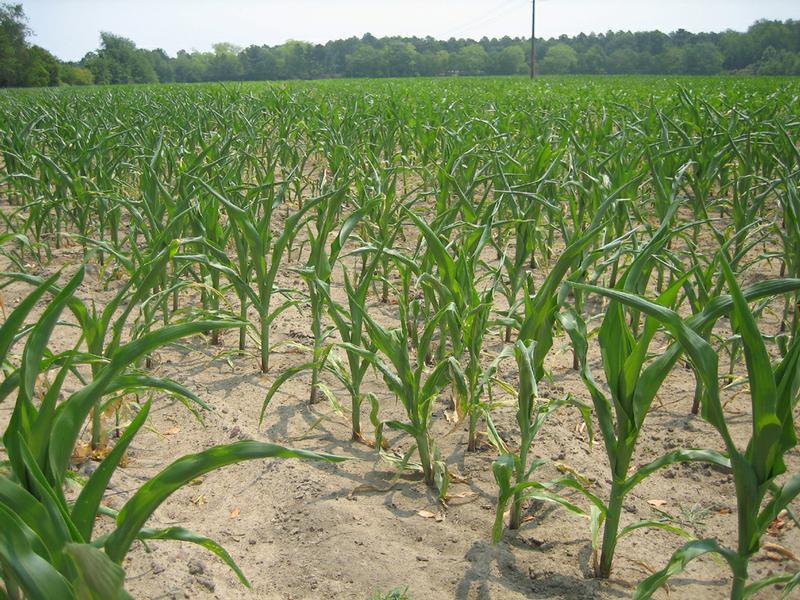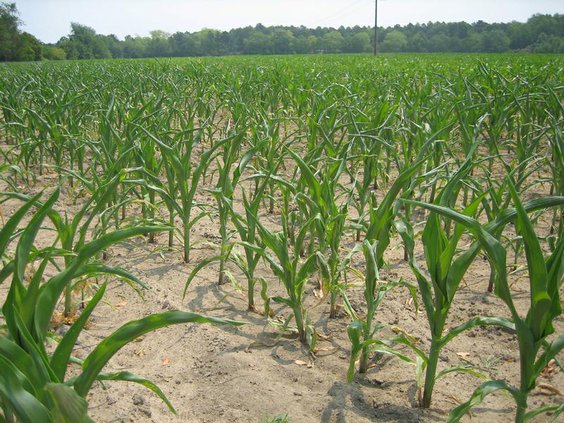ATHENS — The August heat wave that’s pushed temperatures above 100 degrees across Georgia has also plunged the state deeper into drought, with 70 counties now considered the driest that experts would expect in a century.
David Stooksbury, the state climatologist, said Thursday the drought has ‘‘worsened dramatically’’ this month because of scorching temperatures and minimal rainfall in most of Georgia.
Stooksbury said 70 of Georgia’s 159 counties — located in the northern and southwest regions including the Atlanta, Athens and Albany metro areas — have reached ‘‘exceptional’’ drought conditions.
That means those counties are at the driest point scientists would expect to see once in 100 years. And there’s little relief in sight.
‘‘In August and September, the best hope for widespread drought relief is from tropical weather systems,’’ Stooksbury said in a news release. ‘‘Without these, we can expect the drought to worsen over the next two months.’’
The Chattooga River in the northeast Georgia mountains is near an all-time record low flow, he said, and Spring Creek has stopped flowing near Iron City in southwest Georgia.
In northern Georgia, 51 counties have been classified as being in exceptional drought. An additional 19 counties in Georgia’s southwest corner are also exceptionally dry.
No Georgia counties were suffering from exceptional drought in June, Stooksbury said, though 104 counties were then considered extreme — meaning dry conditions expected only every 50 years.
Only four counties have received enough rain to escape being classified as in a drought: Laurens, Montgomery, Treutlen and Wheeler counties in southeastern Georgia.
Those counties got needed rainfall from the remnants of Tropical Storm Barry in early June and have continued to receive beneficial rains since, Stooksbury said. Parts of southeast Georgia have seen 30-day rainfall amounts that were as much as twice the normal level.
David Stooksbury, the state climatologist, said Thursday the drought has ‘‘worsened dramatically’’ this month because of scorching temperatures and minimal rainfall in most of Georgia.
Stooksbury said 70 of Georgia’s 159 counties — located in the northern and southwest regions including the Atlanta, Athens and Albany metro areas — have reached ‘‘exceptional’’ drought conditions.
That means those counties are at the driest point scientists would expect to see once in 100 years. And there’s little relief in sight.
‘‘In August and September, the best hope for widespread drought relief is from tropical weather systems,’’ Stooksbury said in a news release. ‘‘Without these, we can expect the drought to worsen over the next two months.’’
The Chattooga River in the northeast Georgia mountains is near an all-time record low flow, he said, and Spring Creek has stopped flowing near Iron City in southwest Georgia.
In northern Georgia, 51 counties have been classified as being in exceptional drought. An additional 19 counties in Georgia’s southwest corner are also exceptionally dry.
No Georgia counties were suffering from exceptional drought in June, Stooksbury said, though 104 counties were then considered extreme — meaning dry conditions expected only every 50 years.
Only four counties have received enough rain to escape being classified as in a drought: Laurens, Montgomery, Treutlen and Wheeler counties in southeastern Georgia.
Those counties got needed rainfall from the remnants of Tropical Storm Barry in early June and have continued to receive beneficial rains since, Stooksbury said. Parts of southeast Georgia have seen 30-day rainfall amounts that were as much as twice the normal level.

